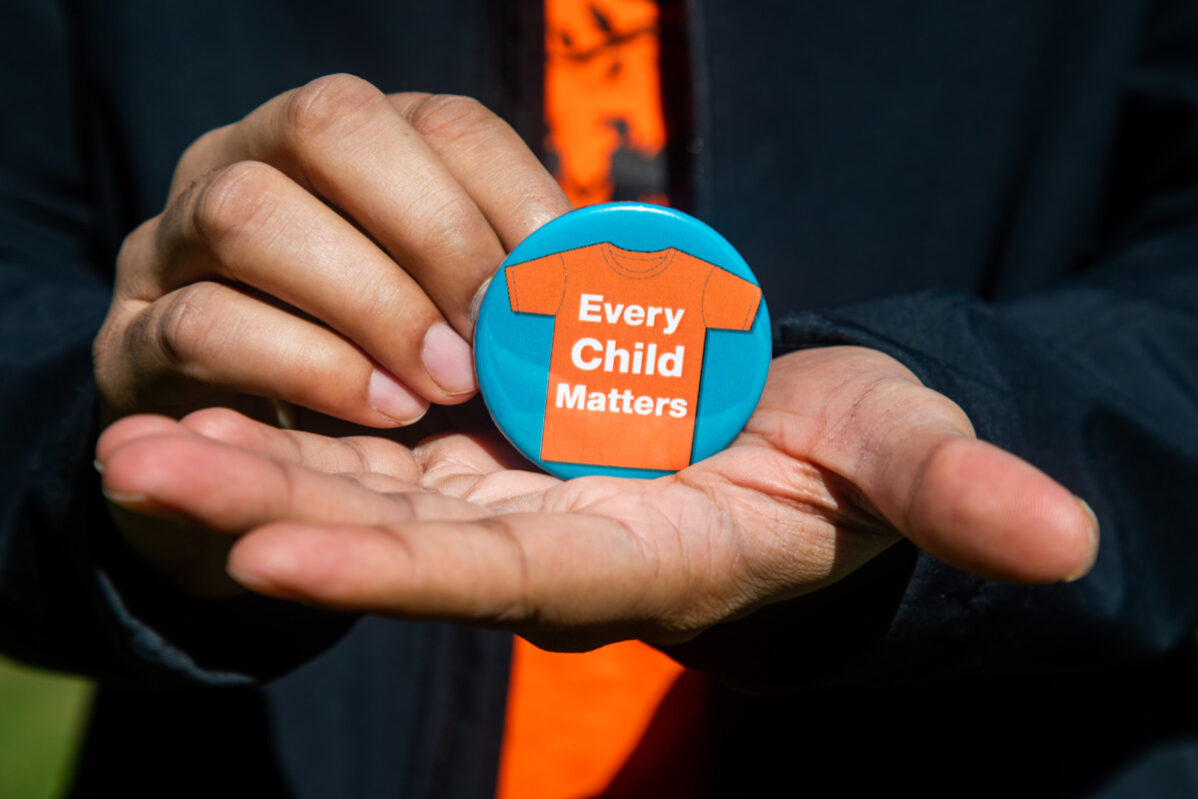GBC honors Indigenous communities on the National Truth and Reconciliation Day.
George Brown College observed National Truth and Reconciliation Day Sept. 30, by honoring the life and culture of residential school survivors and indigenous communities.
The college marked the day with a Sacred Fire ceremony performed by elders and members belonging to indigenous communities.
The Sacred Fire connects a person to the physical and spiritual world.
“The reason why we have sacred fires is that it cleanses anybody that’s going through hard times, whether they’re suffering from drug addiction, alcohol, or mental issues such as depression. It cleanses you as you walk by the sacred fire and it is usually a very important part of our ceremonies,” explained Sheshegoh, one of the Elders from White Sands First Nations present at the ceremony.
The ceremony included commemoration of the sacred fire. Four medicines, namely, tobacco; cedar; sage; and sweet grass were available for individuals to offer into the fire while making clockwise circumambulations and praying for healing and gratitude.
Native fruits such as Pawpaw, introduced by the indigenous community to Southern Ontario, and American persimmons were served at the ceremony.
With the humming of traditional songs on the beat of the drum and all of GBC community covered in orange, the ceremony accomplished its goal of honoring the lives of those we lost and those who persist.
“At George Brown College, we’ve made a strong effort to establish a set of indigenous initiatives, because truth and reconciliation is something where we all have a role to play. And as a post-secondary educational institution, we have a leadership role to make sure that we’re reflecting Indigenous ways of knowing and indigenous ways of being into our curriculum and into our college,” said Dr. Gervan Fearon, president of GBC, on the importance of honouring Indigenous communities.
The indigenous community’s resilience and resurgence became most crucial after the forced extraction of children from their own homes, forcing them into residential schools and a series of oppressive and disturbing acts to end the cultural identity of many indigenous children.
“If we don’t help heal our grandfathers, grandmothers, who’s going to do it? We must step up,” said James Seeger, the firekeeper at the ceremony. “We have to learn the ceremonies. Because there’s a lot of broken people out there. They want the healing. The problem is they don’t know how to ask, or they don’t know what they should be doing. It takes steps. It takes effort. But in the end, you live a rewarding life.”
Sri Krishna Rajan, director of communications and internal with the Student Association says every child matters and it is very important that all the communities must unite to help our Indigenous communities in their fight against all forms of racism.
“We must also listen to and support all the residential school survivors and speak out against all forms of racism. Since students are the nation’s most crucial ally and its future depends on them, all available knowledge and experiences must be shared with them,” said Rajan.
Talking about the future of indigenous representation at George Brown College, the faculty is positive about organising events that promote indigenous initiatives. Some of these include the session with Waneek Horn-Miller at the Indigenous Knowledge Keeper Series in October and upcoming sessions with Maurice Switzer in November, Rachel Radyk in December, and the First Story Bus Tour.
For more information on the events, students can visit the official website of Indigenous Initiatives at www.georgebrown.ca/indigenous.


